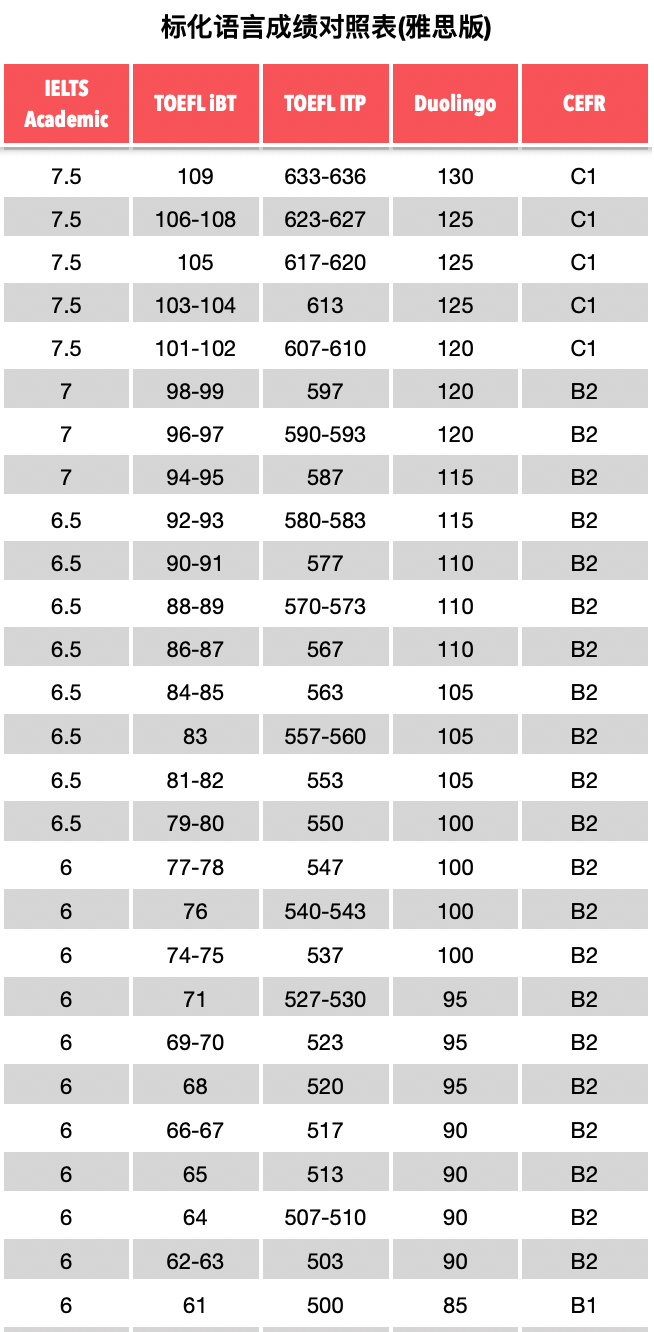常常看到一些同学在备考托福听力的时候一直带着耳机听英语,结果听到耳朵快要磨出茧子了,听力却并没有多大的长进,为什么?下面小编就和大家分享托福听力备考注意事项 ,来欣赏一下吧。
托福听力备考注意事项
一.不要好高骛远
没有完全了解和熟悉托福听力真题前,不要去听friends和英文新闻等,特别是不要听疯狂英语。也许我的能力不够,依照我看疯狂英语要是你能听懂2/3,那么你听力已经不是一般水平了,所以你能够熟悉所有真题,耳熟能详,就已经算是功力高深了,千万不要好高骛远。
二.不要多遍重复
全部听完真题,你可以试着背托福听力里面一些句子,有些人主张听不出就死听,直到听懂,我不是很理解,其实很多听不懂是由于1,连读 2。词汇不认识 3。习语不懂。试问听力也是一个积累口语词汇的过程,如果你听多次不懂,也不肯翻文字出来背,那么这些就是不懂的东西,甚至你查字典才能明白的东西,又如何指望自己在一遍遍听中搞懂呢?其实你认真背一下,再结合磁带读几次,这个东西就是你自己的,何必反复听,听到还是不懂,费时费力。
三.真题单词要背会
我建议大家把历年托福听力中出现名词背一下,很管用,这些词汇都是长对话里的重要特征,其实听懂这些往往对你猜测答案有意想不到的效果,其实托福听力中长对话一般不会说和我们常识相反的事物,你能够听明白在说个什么东西,即使后来很多不懂,连蒙带猜也可以做对3-4个。
四.听比读更重要
托福听力练习时要求大家跟读,除了一些连读需要跟读几次,一些词汇习语背一下以外,听一次的效果远比读一次好,首先,这是听力不是朗诵会,第二很多人很多单词读音不标准。我这样说是为表明听一次效率比读一次好,比较实战。
五.精听大于泛听
我主张在托福听力中要精听,少泛听,特别是傻坐着,以为带着耳机听到耳朵疼就出效果了,你如果没有激情,不去想想对话的场景,我在什么时候可以使用,那么还不如去做语法和阅读,毕竟时间有限。所以你不要希望听磁带和MP3次数多了就可以达到融会贯通的境界-不可能。
上文中为大家总结了5个托福听力备考注意事项,这些也是一些同学在备考中容易犯错的地方。托福听力备考要注重效率,把备考时间花在“刀刃”上,不要盲目跟风。
2020托福听力练习:揭示人类同蜂蜜的关系
You have bees to thank every time you drizzle some honey into your tea. 每次在茶中滴入蜂蜜时你都要感谢蜜蜂的馈赠。
And the human-honeybee relationship is long-standing. 而且人类很久以来就和蜜蜂有着千丝万缕的联系。
Iconography of honeybees adorns 4400-year-old walls in ancient Egypt. 在4400年前的古代埃及墙壁上就出现过蜜蜂的身影。
Rock art has been found that depicts a stone age bee harvest. 人们还发现有雕刻石器时代收获蜂蜜的岩画。
But exactly when early farmers began to exploit bees has been unclear. 但古代的农民们到底何时让蜜蜂为自己所用仍不清楚。
Those farmers exploited bees for more than honey. 而且那些古代的农民不仅是从蜜蜂身上获取蜂蜜。
Research has shown that they also employed the beeswax for cosmetics, fuel, medicine, and to perform rituals. 研究表明他们还使用蜂蜡制成化妆品、燃料、药品并且将蜂蜡用于宗教仪式。
Beeswax contains complex fats that leave a recognizable residue on pottery and other archaeological artifacts. 蜂蜡中含有的复杂脂类物质会在陶器及其他考古文物上留下能够鉴别出的残留物。
And scientists have now used that beeswax residue to analyze what they’ve determined to be the earliest known human-and-bee association, dating back some 9,000 years. 而且科学家们已经通过对蜂蜡的这种残留物进行分析希望得出人类和蜜蜂的关系最早可追溯到9000多年以前的结论。
The researchers surveyed Europe, the Near East and northern Africa. 研究人员在欧洲、近东及北非地区进行了调查。
They found beeswax on pottery vessels from Neolithic farming sites in Anatolia, in or near modern-day Turkey. 他们在安纳托利亚、近现代土耳其新石器农耕遗址的陶器上发现了蜂蜡残留物。
They also discovered the first evidence of beeswax at Neolithic sites in Northern Africa. 同时他们还在北非的新石器的遗址中发现了蜂蜡的第一证据。
And the lack of wax residues in Ireland, Scotland and the Scandanavian peninsula led them to conclude that those locations were above what must have been a northern limit for honeybees. 而爱尔兰、苏格兰以及斯堪的纳维亚半岛未发现蜂蜡残留物使得研究人员断定这些地区一定是蜜蜂的北部边界地区。
The study is in the journal Nature. 这项研究已在《自然》杂志上发表。
The researchers say that the beeswax residues at these human-occupied sites may be clues pointing to the very beginnings of bee domestication. 研究人员表示在人类所居住过的场所发现的蜂蜡残留物可能表明是养殖蜜蜂的开始。
With thousands of years of sweet results for us all. 这表明人类几千年前就已经在享受蜂蜜了。
2020托福听力练习:迷惑龙甩尾突破音障
It seems the first resident of Earth to break the sound barrier wasn't Chuck Yeager, after all. 似乎突破音障的第一位地球居民并非查克·叶格。
He was about a hundred million years ,too late. 查克是在地球诞生1亿年之后才有了那次创举,但为时已晚。
Apatosaurus was a cousin of Brontosaurus,but even bigger, 侏罗纪时期的迷惑龙是雷龙的表亲,但是体型则更为庞大,
with a 40-foot-tail more than three feet thick at the butt end but no wider than your pinky at the tip. 它的尾巴长达40英尺,尾部厚度超过3英尺,但尾部尖端比你的小手指还细。
That dainty end made the tail too fragile for clubbing attackers. 就是这样精致小巧的尾巴尖对于它们袭击进攻者而言实在是不堪一击。
So what was it for? 但是它有什么用处呢?
Maybe this: 可能是这样的:
The idea that Apatosaurus might have used its tail like a bullwhip—to scare off predators, communicate or even show off for potential mates—gained traction about 20 years ago. 迷惑龙用自己的尾巴作为鞭子—它通过甩尾吓跑捕食者,同潜在伴侣交流进行交流或甚至炫耀—这样的作用在20年前就引起了人们的注意力。
That's when paleontologist Philip Currie of the University of Alberta teamed with Nathan Myhrvold to create a computer simulation that showed the whip-cracking tail was plausible. 因此阿尔伯塔大学的古生物学家菲利普·柯里尔同内森·梅沃德合作研发了一款电脑模拟程序表明这样的甩尾存在一定意义。
Myhrvold is the founder and CEO of Intellectual Ventures 梅沃德则成为高智公司的创始人并出任CEO。
an invention firm in the Seattle suburbs—where I'm executive editor. 这是一家位于西雅图郊区的发明公司—而我则任职执行总监。
This week at a meeting of the Society for Vertebrate Paleontology, Myhrvold, Currie and Dhileep Sivam, also of Intellectual Ventures, unveiled a quarter-scale physical model of an Apatosaurus tail made from aluminum vertebrae and steel tendons. 在本周古脊椎动物学会举办的一场会议上,梅尔沃德和同样是高智公司的德利普·斯瓦姆公布了1/4比例大小由铝骨及钢肌腱制成的迷惑龙尾椎骨模型。
Give the big end of the model a strong push and pull, and it does this: 给这个尾部模型施加一个强大的推力及拉力后就会产生这样的声音。
Our analysis of high-speed video of the tail in action found that the tip moves at more than 800 miles an hour—fast enough to break the sound barrier and create a small sonic boom. 通过对甩尾高速视频分析我们发现尾部末端每小时可移动超过800英里—速度之快足以打破音障并造成小型音爆。
A full-size apatosaur whipping its tail in this way could probably have produced a sound loud enough to shatter human eardrums. 而成年迷惑龙这种甩尾的方式足以震碎人类的耳膜。
Which must have really gotten their attention back in the late Jurassic. 这项研究也将人类的注意力转移到了侏罗纪时代末期。
2020托福听力备考注意事项
,来欣赏一下吧。托福听力备考注意事项一.不要好高骛远没有完全了解和熟悉托福听力真。下面小编给大家分享2020托福听力备考注意事项,希望能帮助到大家。 2020托福听力备考注意事项文档下载网址链接:
上一篇:托福听力备考4个基本要素






